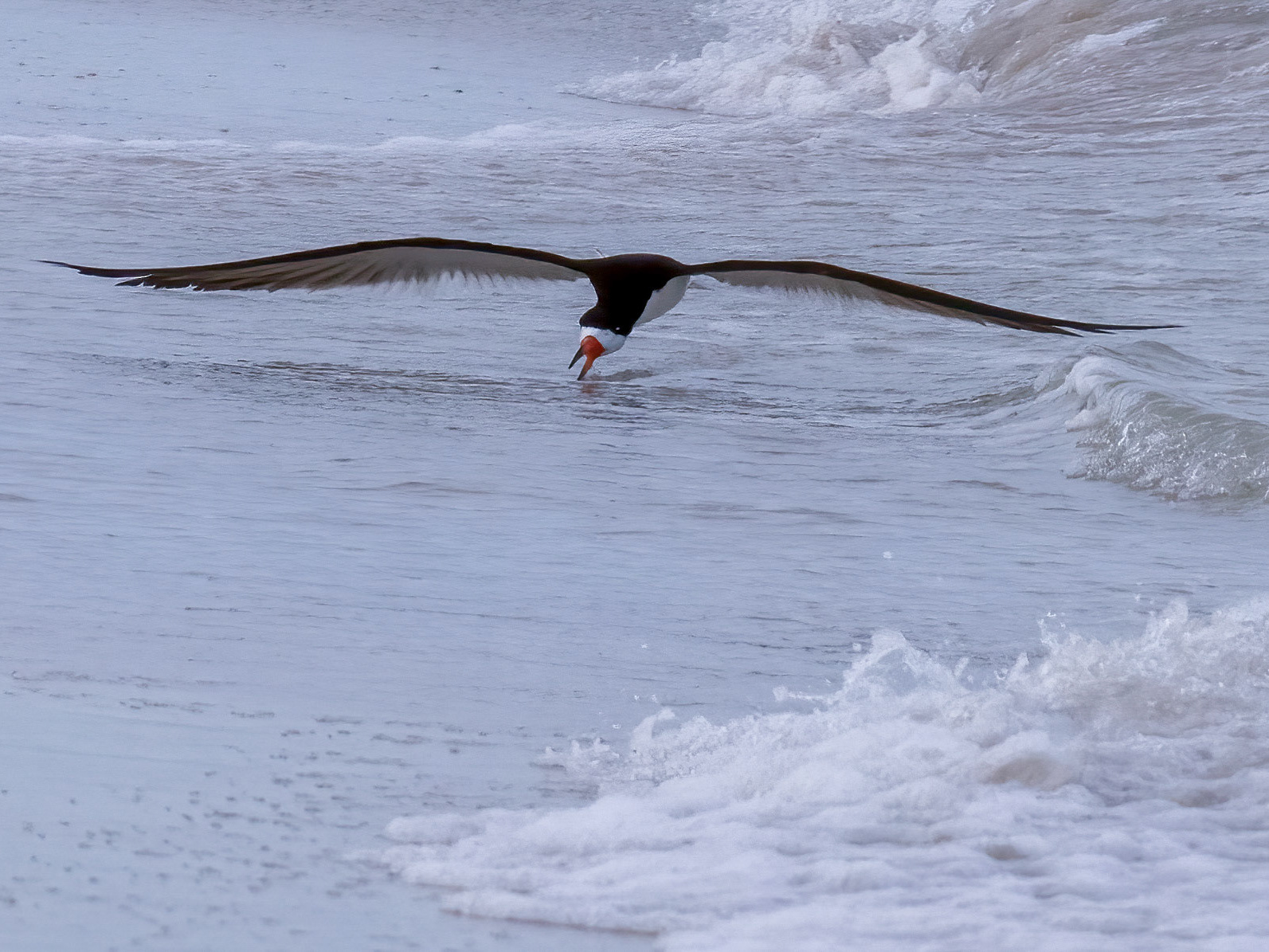A group of White Pelicans herding fish
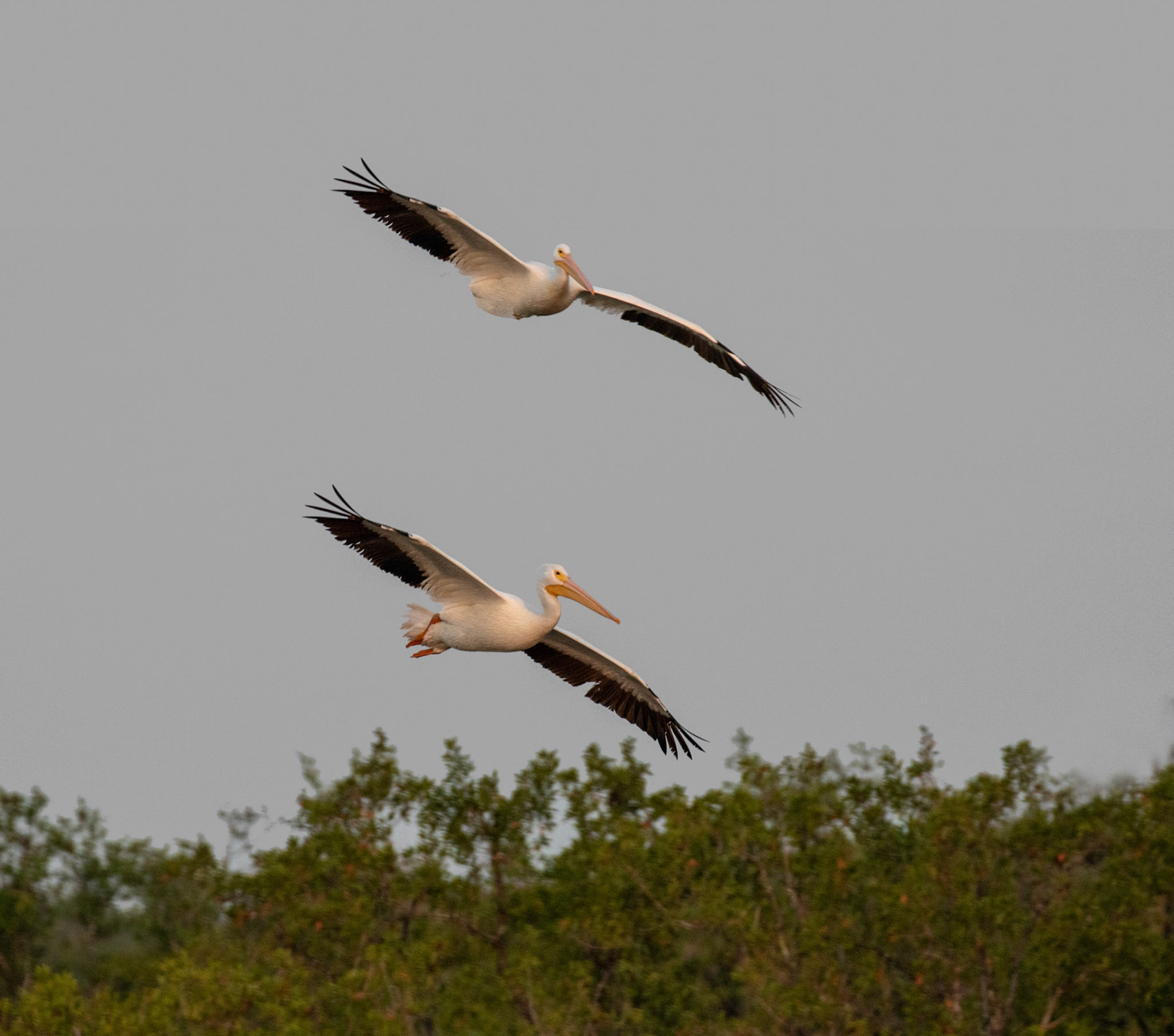
American White Pelican







White Pelicans forage in groups





Brown Pelican
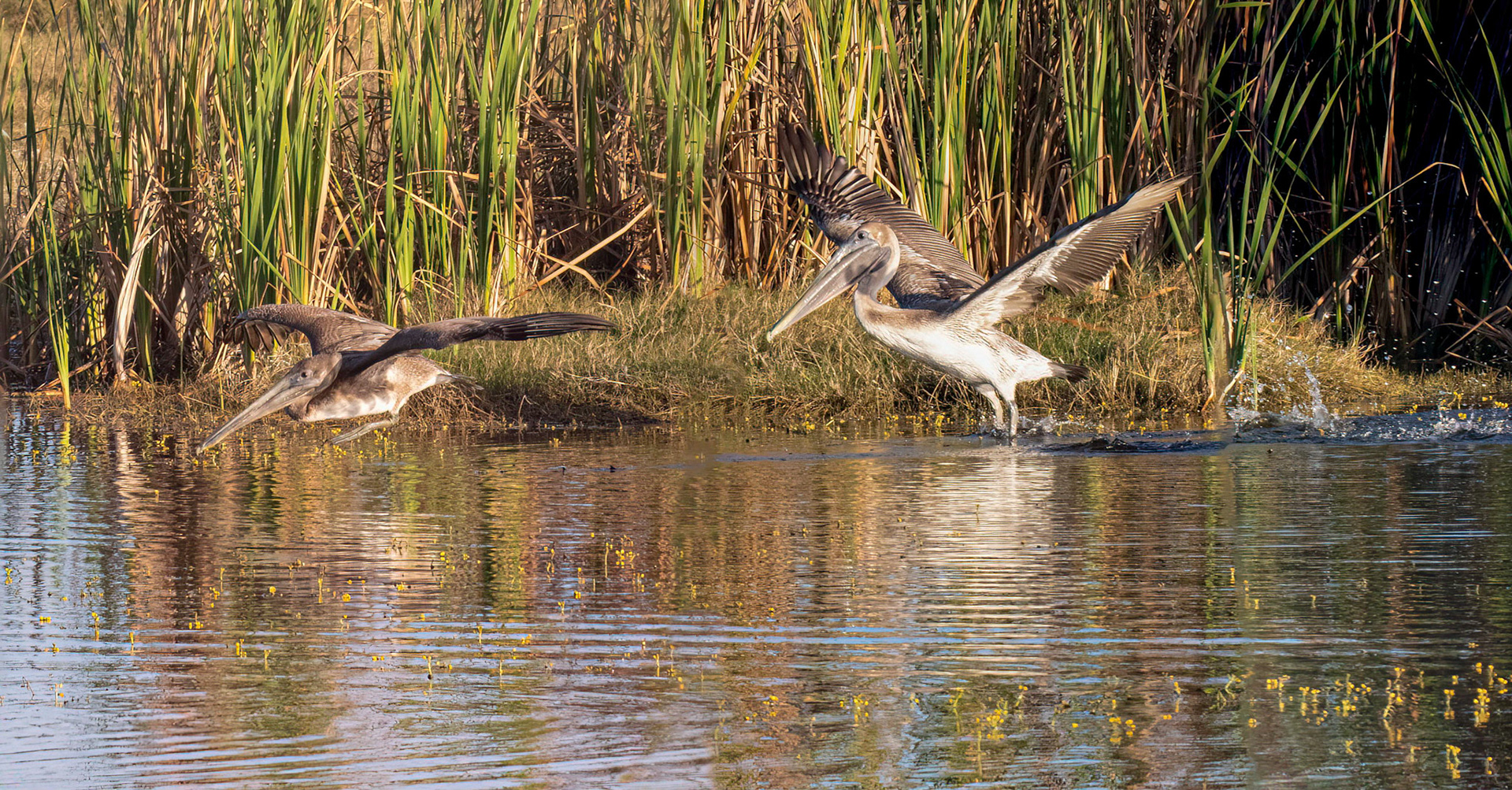


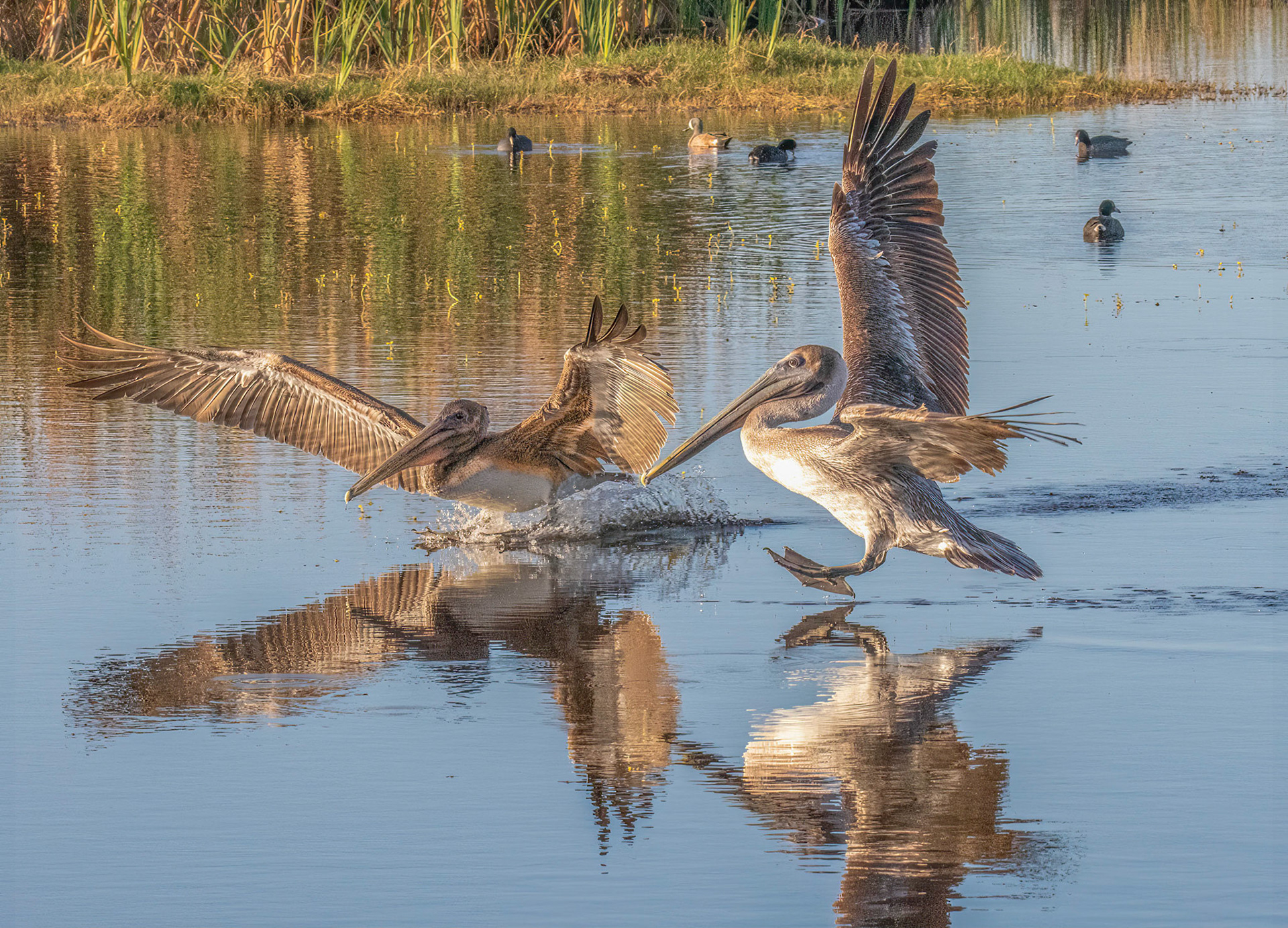
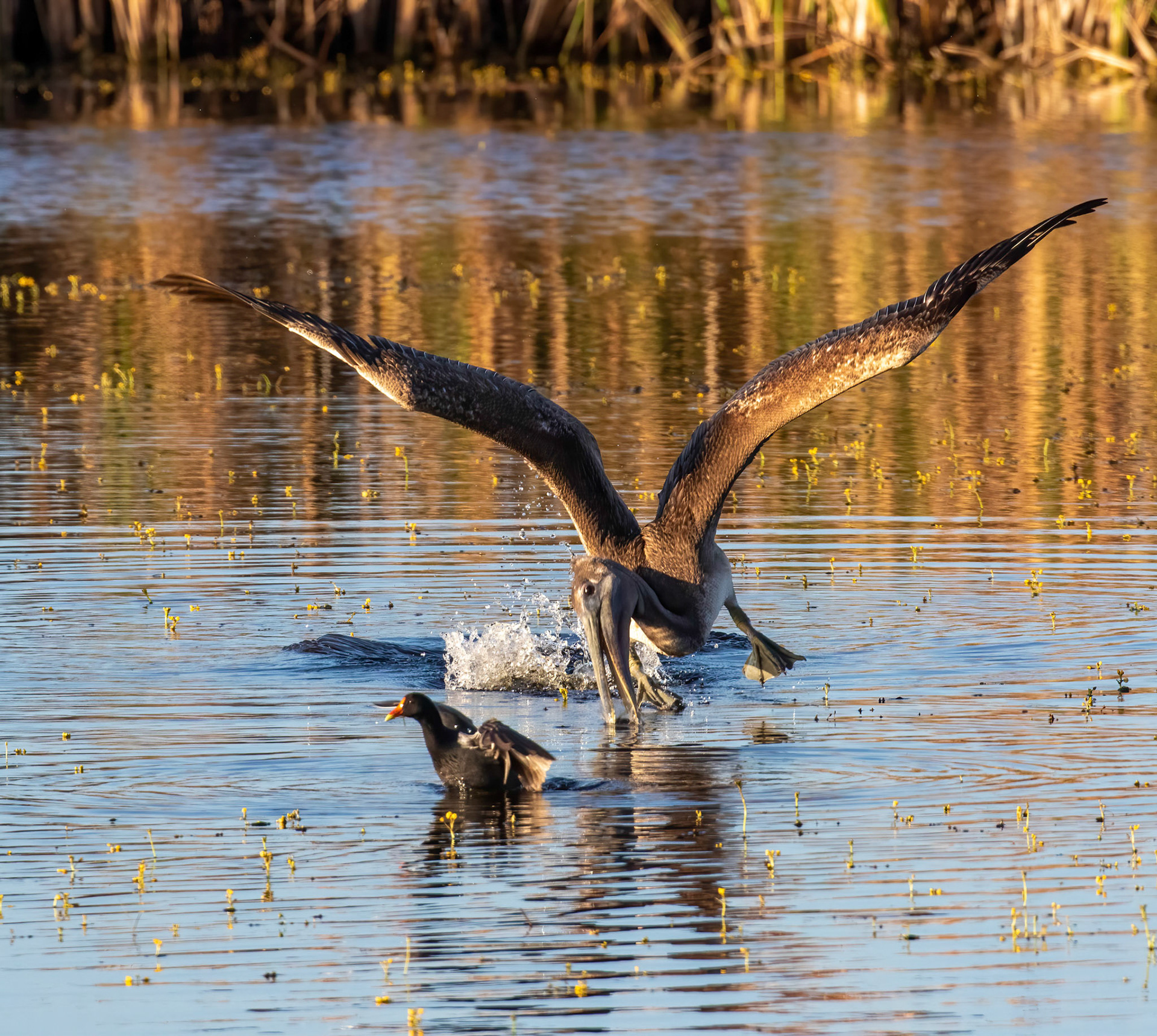

Feeding in Everglades shallow pool




Brown Pelican



Brown Pelican - fishing sequence in the Florida Bay







Notice the scattering fish


Harassed by Juvenile Herring Gulls





